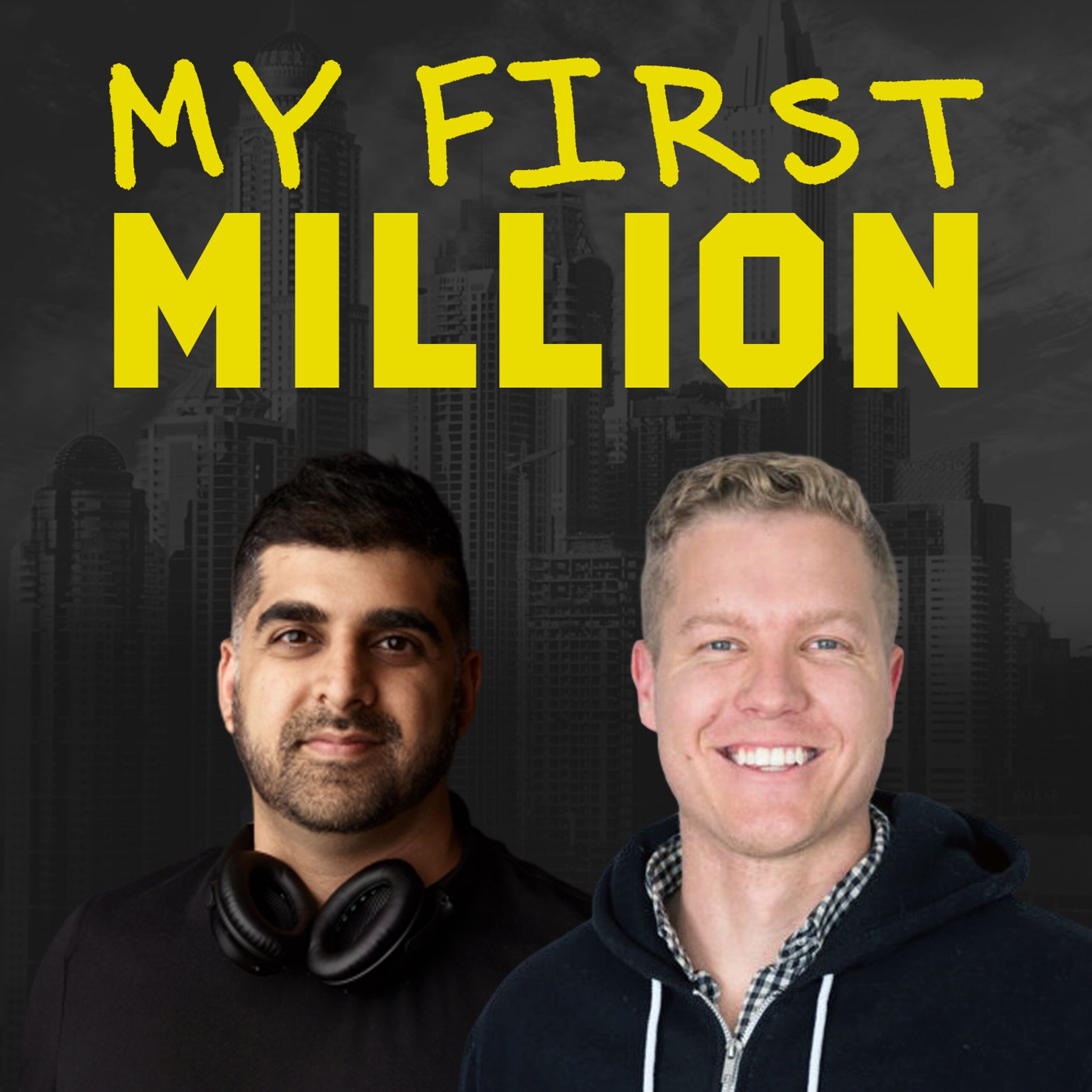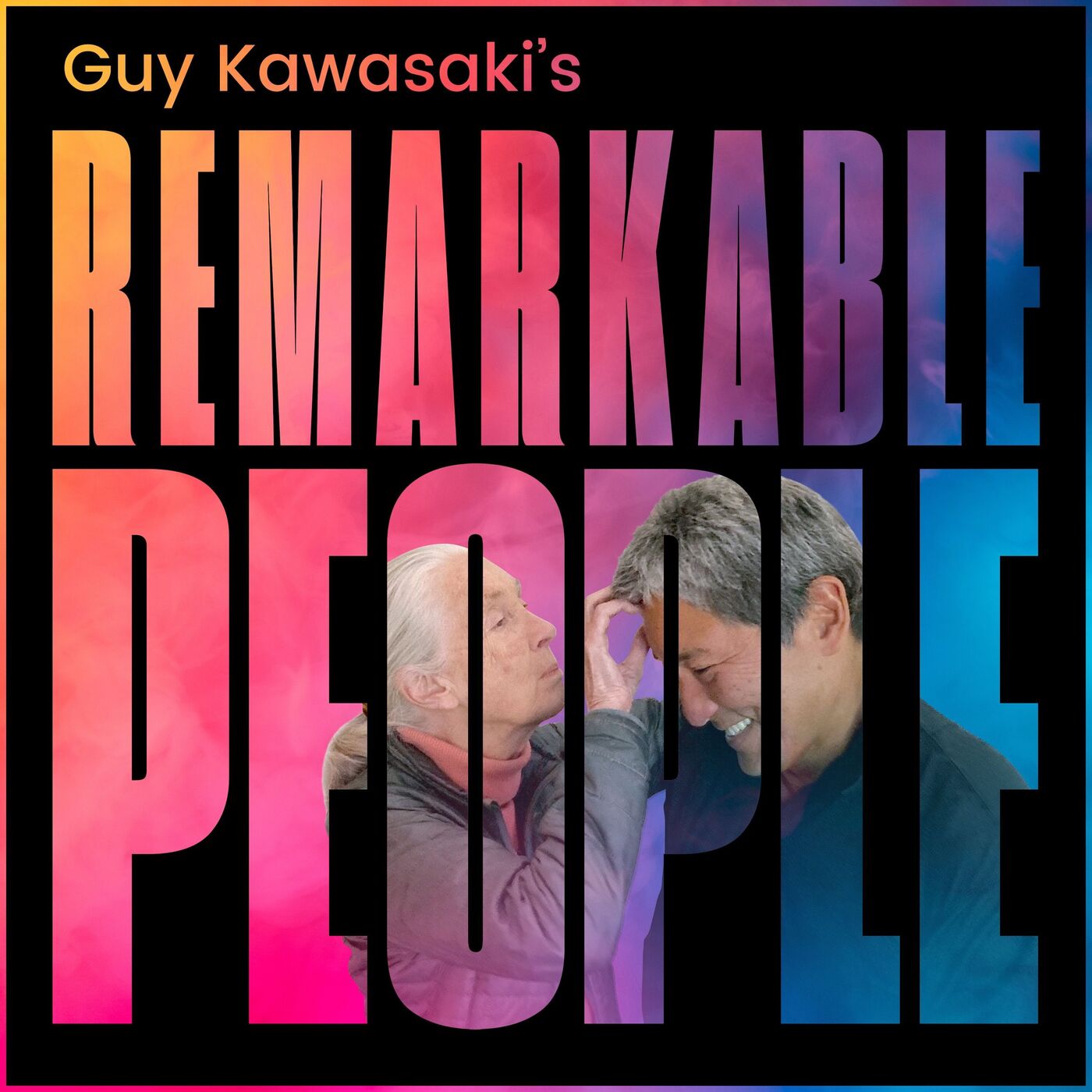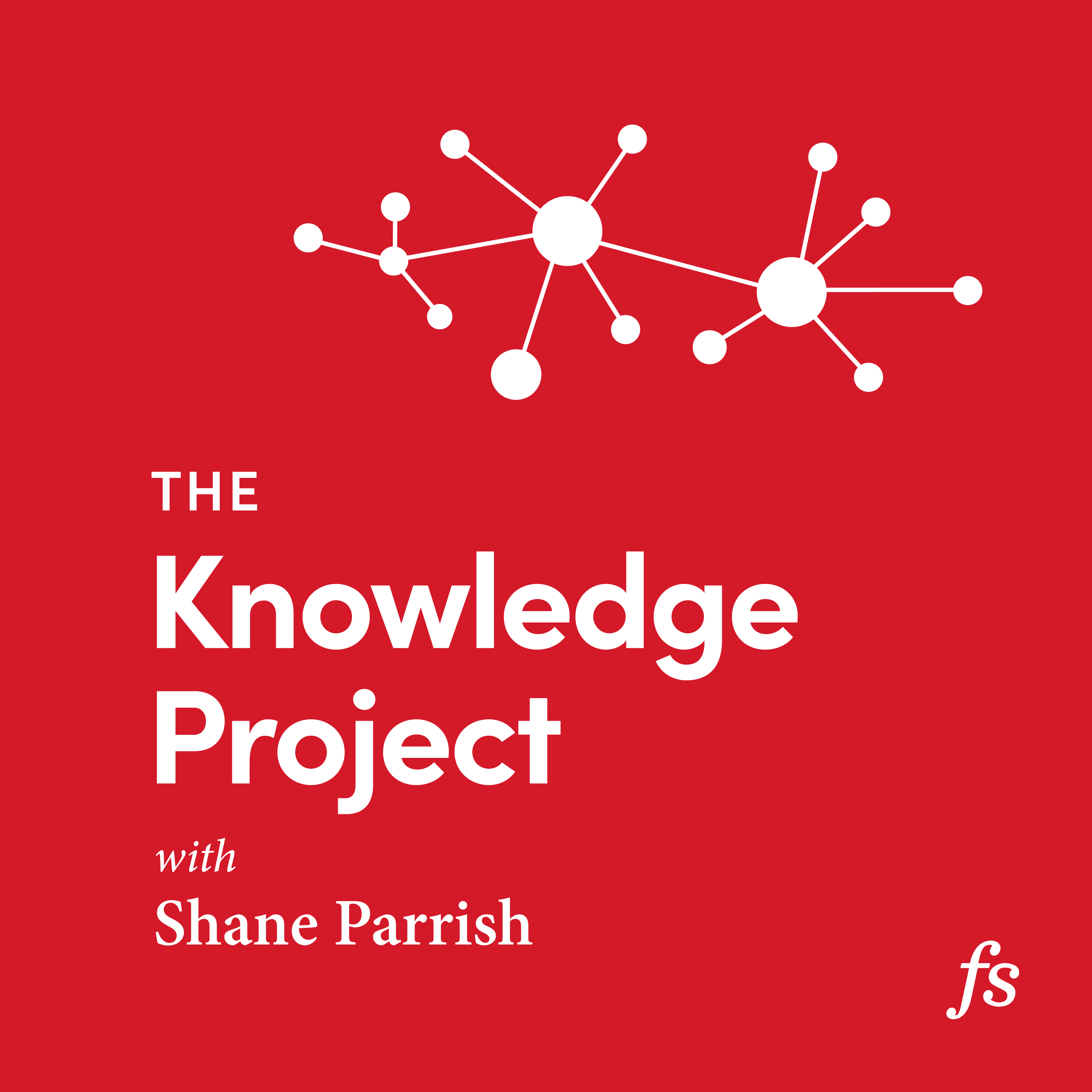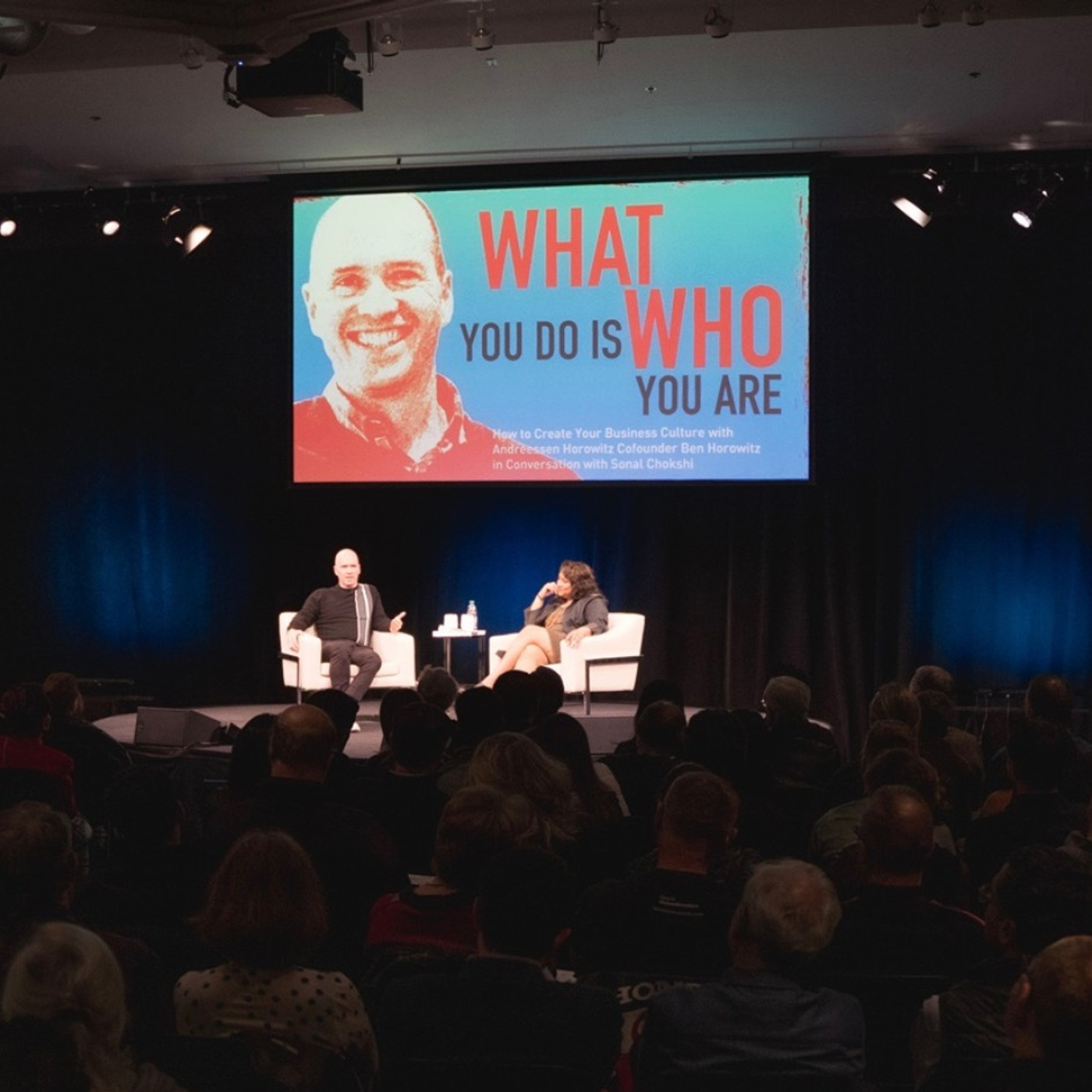365: Market Saturation, Mind Mapping, Miracle Mornings, and More: 20 Questions with Nick
It’s time to dive into the ol’ listener mailbag and answer a few questions in this week’s edition of The Side Hustle Show. I’ve had quite a few interesting questions come in since the last Q&A episode, and picked 20 to talk through in today’s show. Like this format? This is the 9th installment of “20 … Read more






